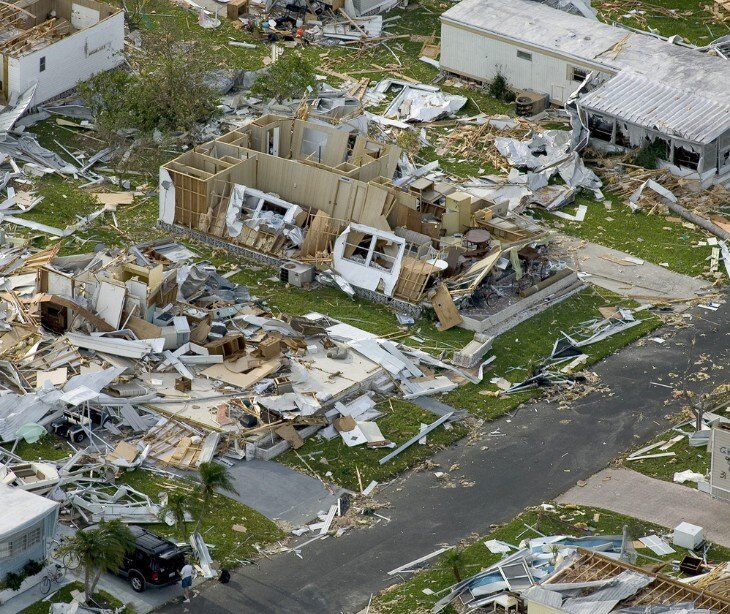2 min read
Communicating with mental health patients after a natural disaster
Kirsten Peremore
July 26, 2024

After a natural disaster, consistent communication between healthcare providers and patients can be challenging due to disrupted infrastructure. Email can maintain communication and offer structured support for those needing mental health services.
The impact of natural disasters
Natural disasters can have a significant impact on individuals. Some survivors may initially feel shock or disbelief following the event, while others may develop anxiety, depression, or anger. These emotional states are reactions to the tangible losses experienced, such as homes, personal belongings, or the death of loved ones.
A Psychiatry in Society study found that “Extreme events, such as natural and human-made disasters, often have short- and long-term psychological impacts that far exceed the degree of medical morbidity and mortality that ensues.”
Over time, if these feelings are not properly addressed, they can develop into long-term psychological issues, such as post-traumatic stress disorder (PTSD), anxiety, and depression.
How to respond to mental health concerns after a natural disaster
- Initiate the recovery process by providing Psychological First Aid, which includes assessing needs and concerns and providing information on coping strategies and support.
- Conduct thorough assessments to identify the mental health needs of each individual. Use validated tools like the Impact of Event Scale-Revised (IES-R) for assessing symptoms of PTSD and other related conditions.
- Based on the assessment, develop personalized recovery plans that address immediate and long-term needs. These plans should include:
- Crisis intervention: Short-term strategies to manage acute distress.
- Therapeutic interventions: Evidence-based therapies like Cognitive Behavioral Therapy (CBT) for PTSD, trauma-focused CBT, or other appropriate modalities based on the individual's symptoms and needs.
- Support systems: Encourage connection with community support groups or peer support networks focusing on disaster recovery, which can provide shared experiences and additional coping resources.
- Teach and integrate coping strategies into the recovery plan, such as stress management techniques, relaxation exercises, and structured routines.
- Establish regular follow-up sessions to monitor progress and provide adjustments. Recovery from disaster-related trauma can be non-linear, requiring adjustments to the therapeutic approach and support mechanisms.
- Ensure individuals have access to necessary resources, including mental health professionals, community services, and potentially financial assistance. Coordination with local health services, NGOs, and other community resources helps to address the broader spectrum of needs.
Best practices for communicating with patients
- Develop a series of themed HIPAA compliant email blasts that address different stages of emotional recovery post-disaster, such as immediate coping strategies, dealing with grief and loss, rebuilding confidence, and fostering resilience.
- Schedule emails to ensure patients receive consistent support throughout their recovery.
- Segment your email list based on the severity of the impact or specific needs of patients. For example, individuals who lost their homes might receive emails with different content than those who are dealing with the emotional impact but didn't suffer physical losses.
- Personalize emails with the patient’s name and reference past consultations (while respecting privacy and confidentiality) to increase engagement.
- Provide links to self-assessment tools that help patients evaluate their mental health status and recognize when to seek further help.
- Regularly update patients with new or emerging community resources, such as free counseling services, workshops, or support group meetings.
- Attach or link to easy-to-digest informational pamphlets or videos that educate patients on coping mechanisms, stress management techniques, and signs of deeper psychological issues.
- Create opportunities for patients to share their recovery stories or testimonials, which can be included in newsletters. Peer sharing can be therapeutic and help build a community of support.
- Send reminders for mental health check-ups or scheduled appointments to help patients prioritize mental health.
See also: HIPAA Compliant Email for Mental Health Professionals
FAQs
What are the natural disaster classifications?
Natural disaster classifications include meteorological (e.g., hurricanes, tornadoes), geological (e.g., earthquakes, volcanoes), hydrological (e.g., floods, tsunamis), and climatological disasters (e.g., droughts, wildfires).
What is the ideal time to implement mental health recovery plans?
The ideal time to implement mental health recovery plans is immediately after the initial crisis phase has stabilized, allowing for an assessment of psychological needs and ensuring timely intervention to prevent long-term mental health issues.
Subscribe to Paubox Weekly
Every Friday we'll bring you the most important news from Paubox. Our aim is to make you smarter, faster.




